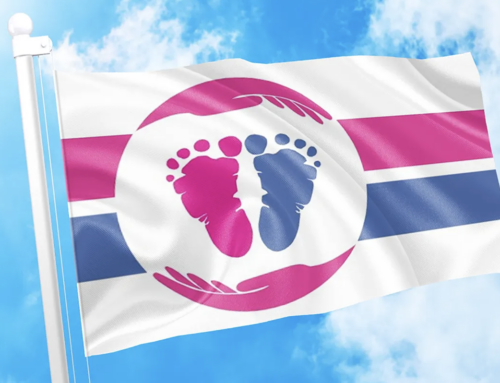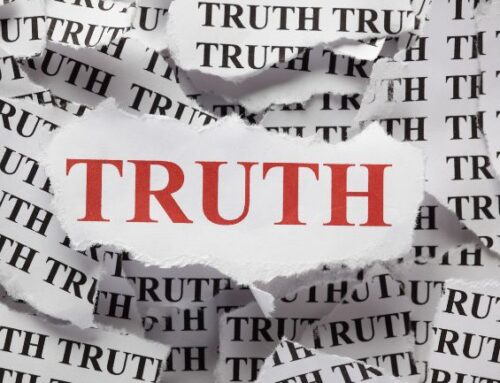How do you answer people who define the fetus as only a potential human being? S.J., Simcoe, Ont.
Sir William Liley – the father of fetology – once said, in court, in answer tot his assertion: “Well first, it is a non-definition; it does not explain what a fetus is, it only tells us what they think it will become.”
It is a matter of scientific fact, not of opinion, but fact, that the fetus is already human. Because a human fetus results from the fertilization of a human ovum by a human sperm it belongs to the human species – it is human. It is a “being” because it is alive and growing; growth is one of the attributes of life. The fetus is a being; the being is human; it is a human being.
Even the Law Reform commission of Canada (which is slanted towards abortion virtually on demand) concedes that the preborn child is a human being. The commission makes no attempt to establish a “potential human” or talk about “potential life.” It accepts the fact that section 206 of the Criminal Code is out of date in the light of today’s scientific findings. The committee wrote: “True, the present Code has a curious provision in section 206 to the effect that a child doesn’t become a human being until it has proceeded completely from its mother’s body. This, far from being a proper definition of the term, runs counter to the general consensus that the product of human conception, in the womb or outside, is a human being.”
Fetologists who have pre-born children as patients reject the term “potential life.” They do accept the phrase “human with potential.”
Surely abortion should be allowed for incest. B.B.J., Toronto, Ont.
It is generally widely accepted that incest, which breaks one of the oldest, widest and most rigid taboos, is a symptom of a serious disorder within a family. A pregnancy caused by an incestuous relationship is, in fact, a red light indicating a very dangerous situation, and it is this disorder which needs to be treated. Aborting the child who is the evidence of an incestuous relationship could well lead to further abuse of the victim. It is important to keep in mind that, in incest, the usual family roles are reversed, and that the protector (usually the father) becomes the abuser.
Treatment for such a dangerous situation in a family must be multi-disciplinary and involve many specialists both in medicine and social work. When Dr. Heather Morris was asked at the Borowski trial whether incest could be a valid reason for a therapeutic abortion, she was adamant in her denial. She said: “And it seems to me that the biggest need for help in that family, s for the whole family to be helped, probably psychiatrists and social workers, etc.…After all, in that family the people that are probably most diseased are the male who impregnated the young girl; the girl who has been made emotionally disturbed by the home environment that results in the incest. The only healthy one in the trio is the unborn child. That would not be the one I would seek to eliminate, my Lord.”
Actually, although, in incest, intercourse may occur frequently over a long period of time, the incidence of pregnancy appears to be rare. An incest-treatment program in Santa Clara County in California which dealt with 1500 families reported a less than one per cent incidence of pregnancy.



